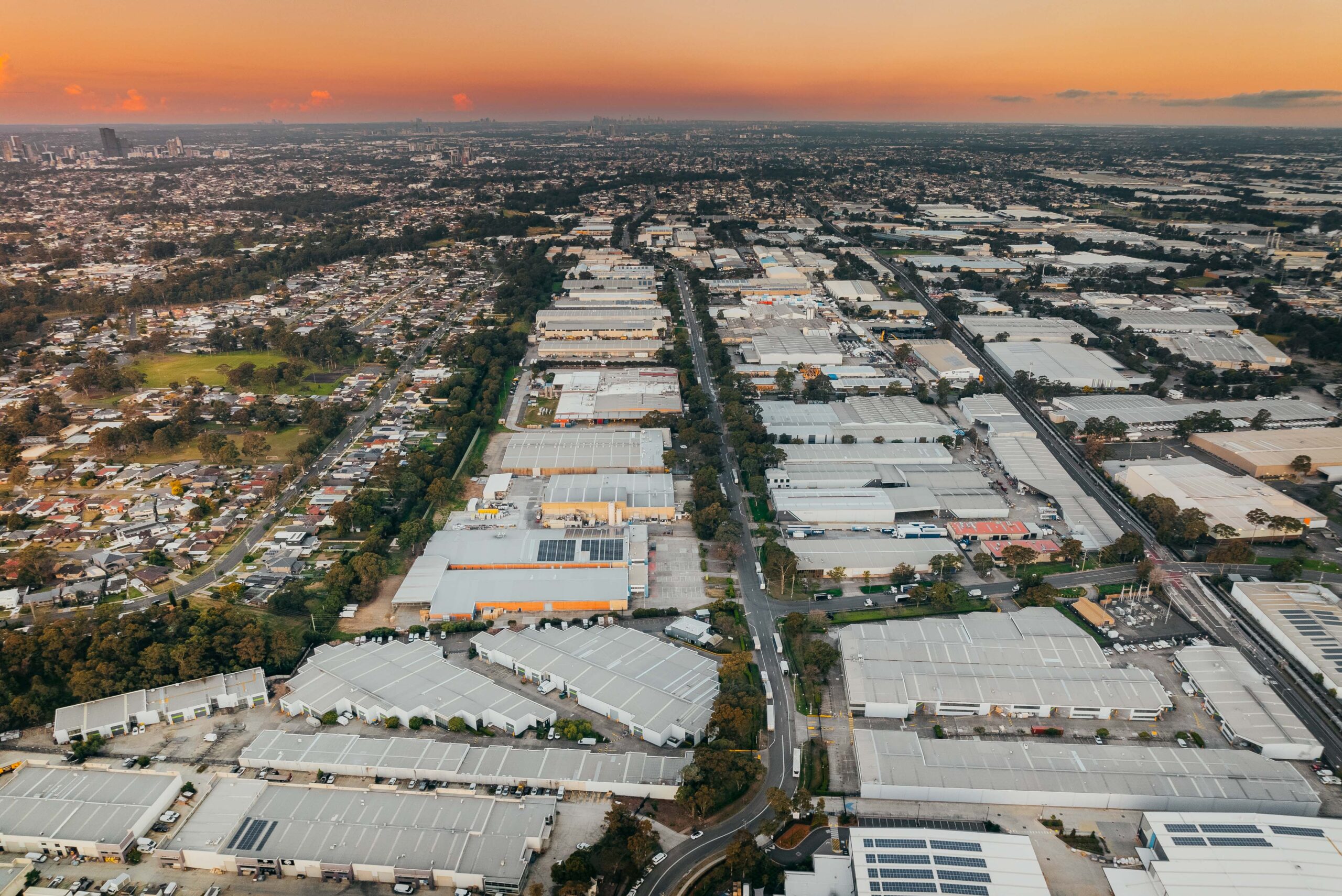Australia’s Apartment Race: Perth and Brisbane Pull Ahead While Melbourne Stalls | JLL
3 June 2025
Research shows structural supply constraints create divergent outcomes across Australian apartment markets
JLL’s latest Australian Residential Dynamics report reveals a dramatic divergence in Australia’s apartment markets, with Perth and Brisbane surging ahead while Melbourne lags, creating a two-speed apartment market across the nation.
The Q1 2025 analysis paints a stark picture of market contrasts where Perth’s apartment values have rocketed 22.4% year-on-year to reach AUD 520,000, while Melbourne’s market has contracted by 0.3% over the same period, with median unit prices at AUD 615,000.
“What we’re witnessing is a fundamental reshaping of Australia’s apartment markets driven by persistent supply constraints,” said Bill Fatouros, JLL’s Head of Residential Development Valuations. “Despite strong demand signals, construction challenges continue to limit new supply across all major markets.”
Sydney, Australia’s largest apartment market, holds middle ground in this race with more moderate growth of 2.6% year-on-year, bringing median unit prices to AUD 799,990. Despite representing the nation’s most expensive apartment market, Sydney faces its own challenges with completions expected to decline by 13.0% in 2025 compared to 2024.
Adelaide has emerged as a surprise contender in this apartment market race, recording the highest rental growth in the nation at 13.0% year-on-year despite being Australia’s smallest apartment market. The South Australian capital also posted strong capital growth of 15.7%, bringing median unit prices to AUD 565,000, as supply “normalises to pre-COVID-19 levels.”
Brisbane has matched Perth’s strong performance with apartment values rising 20.2% year-on-year to AUD 625,000, putting both cities well ahead in the nationwide apartment market competition.
The rental market tells a similar story, with Perth recording 12.7% rental growth and an extremely tight vacancy rate of 0.6%, while Brisbane’s rents have increased 9.1%. Melbourne’s rental growth stands at 8.9% despite price stagnation, creating a unique dynamic where renters face rising costs while owners see little capital appreciation.
Melbourne’s performance is hampered by new rental protection laws passed through the Victorian Parliament in March 2025 which are weighing on investor confidence resulting in subdued market conditions. In contrast, Perth’s success stems from limited availability of existing stock and their relative affordability compared to houses and other markets.
Brisbane faces its own challenges with the high volume of infrastructure projects across the state limiting construction capacity and driving up construction costs by 4.4% over the past year. However, these constraints have only accelerated price growth rather than suppressing it as seen in Melbourne.
“This analysis shows that without significant policy intervention to address supply constraints, the divergence between Australian apartment markets will likely widen further, with supply-constrained markets continuing to outperform those with regulatory uncertainty, regardless of underlying demand fundamentals,” said Will Silk, Residential Research Manager, JLL.






